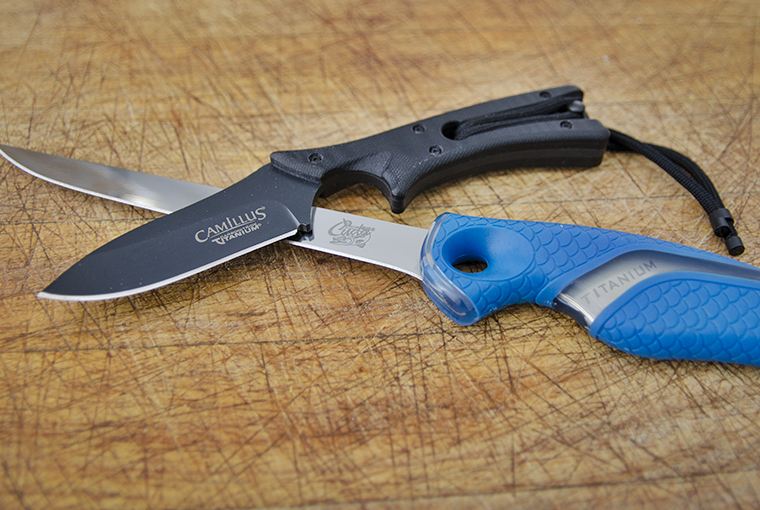
Hunters and anglers buy specific gear for specific situations. That’s because the right tools give them the edge.
Yet, it’s still not uncommon to meet a hunter who believes a single knife should be able to handle any game, from mourning doves to moose. Or an angler who assumes a panfish-sized fillet knife should make short work of a 20-pound salmon.
It’s sort of like fishing brook trout with a muskie rod. Sure, it might do the job if that’s all you have, but it’s not the best option.
Task-specific tools
Knives, like much of the other hunting and fishing gear we carry, are tools designed for specific uses. That’s why experienced anglers and hunters put a lot of thought into choosing the right knife for the job at hand.
A hunting knife needs to be suited to the task you want it to perform. For woodcock, waterfowl, turkey and grouse, a knife should have a small slender blade with a soft drop point. Pair this with a quality set of game shears, and bird cleaning suddenly becomes far more efficient and elegant.
For moose, bear, deer and elk a good, medium size, drop point blade from 3- to 3.5-inches is ideal for field dressing. If that knife has a decent belly, it could also double as a skinning knife, but a true skinning knife, which allows for smooth, sweeping slices between the hide and meat, makes the job much easier. Anyone who has tried one would never go back.
It also never hurts to have a specialized knife for disconnecting the deer’s anus and colon from its pelvic canal. A 7 1/2-inch fillet knife is a very handy tool for that job. And a small bone saw or battery-operated reciprocating saw can help get through the pelvic bone. Placing a sturdy knife centred lengthwise along the pelvic bone and hammering the back of the blade with a wooden baton also works, but can be hard on the knife.
Butchering
Those who butcher their big game know the joy of using well-designed slicing and boning knives. The former allows you to slice steaks, cube meat and separate muscle groups for roasts, while the latter is excellent when dislodging the hind quarter bone sockets from the pelvic joints when initially breaking down a deer. A bone saw also comes in very handy when making your animal freezer ready.
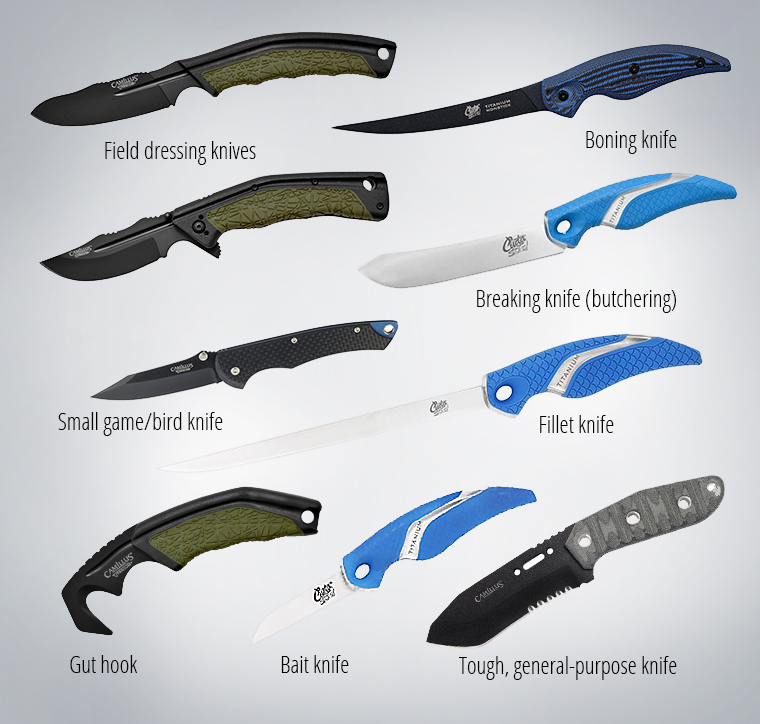
On the water
Fishing knives are no different. Designers have put much thought into creating knives suited for specific tasks such as gutting, steaking, skinning, or filleting. Most fillet knives come in 4-, 6-, 7 1/2-, and 9-inch versions to deal with fish of different sizes. If you steak your catch, there’s nothing better than an 8- or 10-inch wide semi-flex fillet knife. And a 6- or 8-inch boning knife also helps on larger fish. Some even have built-in spoons to remove innards and roe. For fish that require scaling, a serrated version is invaluable.
The point is, if you focus on the size of fish to be prepared and the type of preparation you do, you will find a knife or knives that are perfect for the job.
Be prepared
Field dressing, filleting, and butchering are tasks anglers and hunters should be preparing for before the season starts. There’s nothing worse than not having the right tool when you need it most.
Camillus and Cuda have a wide range of tools that use a patented Titanium technology that improves the hardness of the steel, keeps an edge longer, and has a non-stick quality that helps keep fat from sticking to the blade in extreme cold. Titanium is bonded to the blade so it does not chip, flake, or peel off and it also acts to support the edge.
Have a good look at the wide Camillus and Cuda array of task and specie-specific tools. You’re sure to find the knives that will provide all the edge you need.



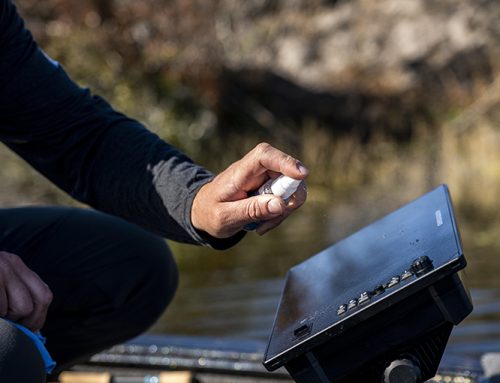
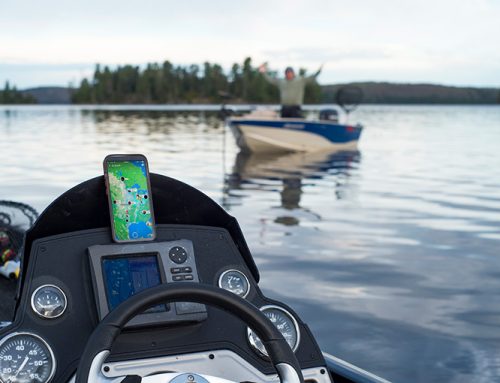
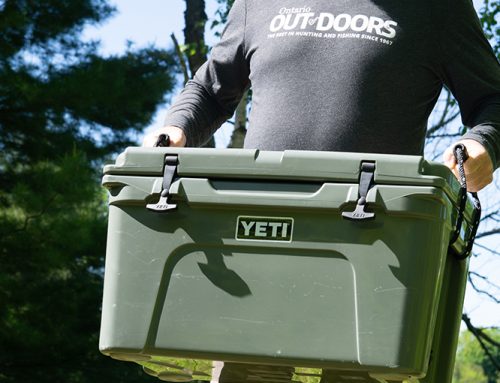
Leave A Comment